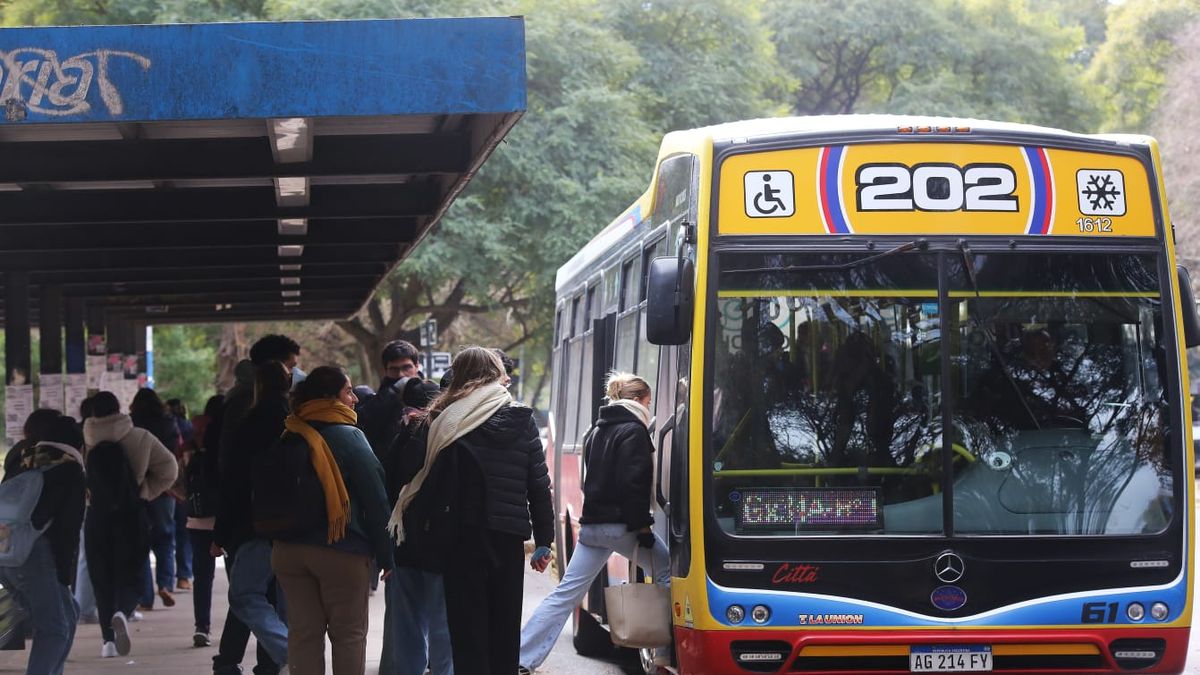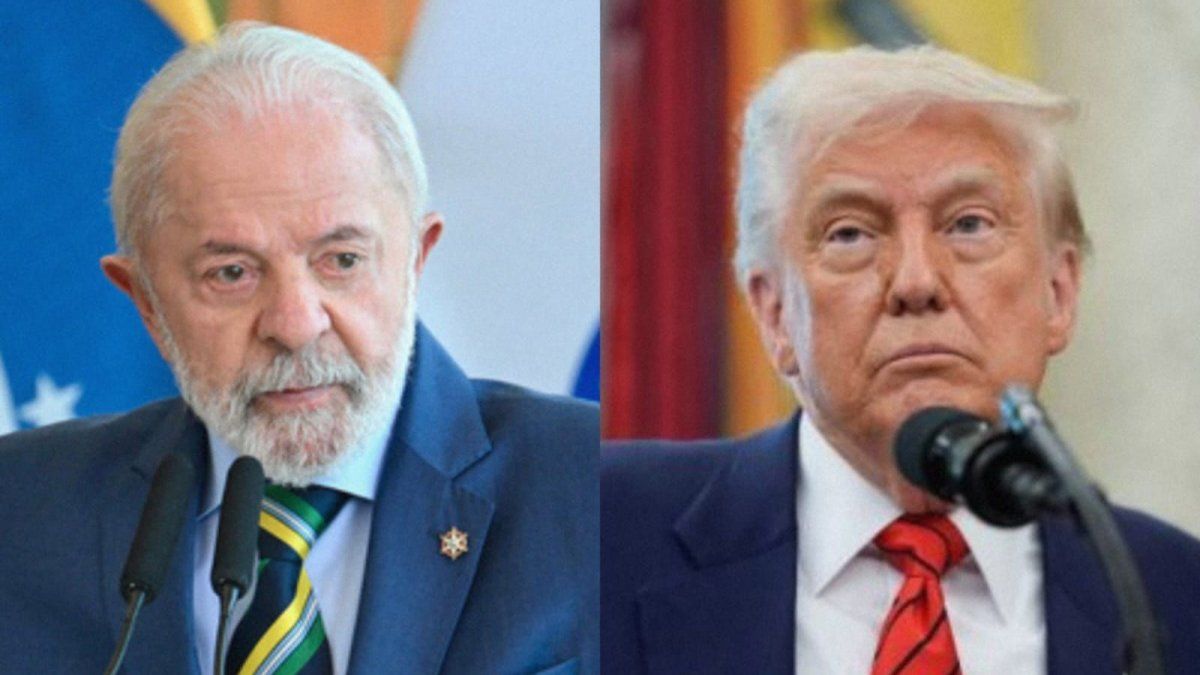After knowing that inflation was 2.1% in Septemberthe highest since April, the percentage increase in the fares of public transport that circulates through the Buenos Aires Metropolitan Area (AMBA): it will be 4.1% in November. forward, The Government plans to continue cutting subsidies for passenger transport and would reach its lowest level in 20 yearsin a context of sustained decline in the number of passengers.
In the Autonomous City of Buenos Aires (CABA), Both the subway and the bus services that operate under its jurisdiction have a mechanism for monthly rate update tied to National Retail Price Index (CPI) which publishes the INDEC.
This way, to the percentage of inflation that the organization measured in the month2 extra percentage points were added for the next one. In this case, since September inflation was 2.1%, the increases in November rates will be 4.1%.
The same occurs with the bus services that operate in the province of Buenos Aires.. The difference is that the criterion is taken CPI of Greater Buenos Airesalthough it was also 2.1% last month.
How much will the ticket cost in November?
Consequently, The increase on the majority of transportation services that circulate in the AMBA will be 4.1%. And it would look like this:
- subway ticket: $1,114.91
- Minimum bus ticket in CABA: $547.57
- Minimum bus ticket in PBA: $550.69
The exception is groups of national jurisdictionwhose rate is set by the national government with a schedule of increases, and which has not received any modifications since mid-July. Similarly, metropolitan trains continue with the same rate from September 2024.
city university educational ticket 2.jpg
Transportation spending rose above inflation so far this year.
Transport: the Government seeks to continue cutting subsidies
It is in this context, the Budget project 2026 sent to National Congress on the part of the ruling party contemplates transfers by the National Public Administration to solve current expenses of public and private transportation companies for $2,286,744 million.
In their latest report, experts from the Tariffs and Subsidies Observatory of the Interdisciplinary Institute of Political Economy (IIEP) remarked that “Although in nominal terms there is an increase in items in the order of 13% compared to the funds planned for 2025.the evolution of the costs of public transport services leaves little room for these funds to cover the operational needs of the period.
They estimated that “unless there is an abrupt adjustment in the service offer, or an increase in travel demand, to sustain the budget goal, Transportation rates should rise by at least 30% throughout 2026“.
In this sense, they added that “measured with respect to GDP, “A trend of adjustment in transportation compensation is consolidated, reaching the lowest participation since 2005.”
More spending on transport, fewer passengers and the impact on costs
From the IIEP Observatory They also reported that during September, An average AMBA household had to spend $74,692 per month on public transportationan increase of 33% compared to the same period of the previous year, and slightly above year-on-year inflation in September, which was 31.8%.
However, in the accumulated figure so far this year, this increase is greater, since between January and September The increases in public transportation measured by the IIEP were 32.84%while Accumulated inflation in that period was 22% and salaries remain stagnant.
In this sense, in the September CPI it was also known that the transportation category was one of those that increased the most, with an average of 3%, but with jumps of up to 4.6% in regions such as Patagonia. This situation was a product of the fuel tax, the fluctuations in the barrel in international markets and the exchange volatility of recent months..
In parallel, the latest official data show that the decrease in the number of passengers in the AMBA continues. Between January and July, The number of metropolitan train users fell 7.26% compared to 2024 and 27.82% compared to 2019.
Accordingly, Subway users fell 6.52% compared to last year and up to 40.67% compared to Mauricio Macri’s last year. Where greater resilience was observed is in the collective, with a minimum decrease of 0.82% year-on-year and a decline of 11.26% in comparison with the last year of Mauricio Macri.
Source: Ambito




